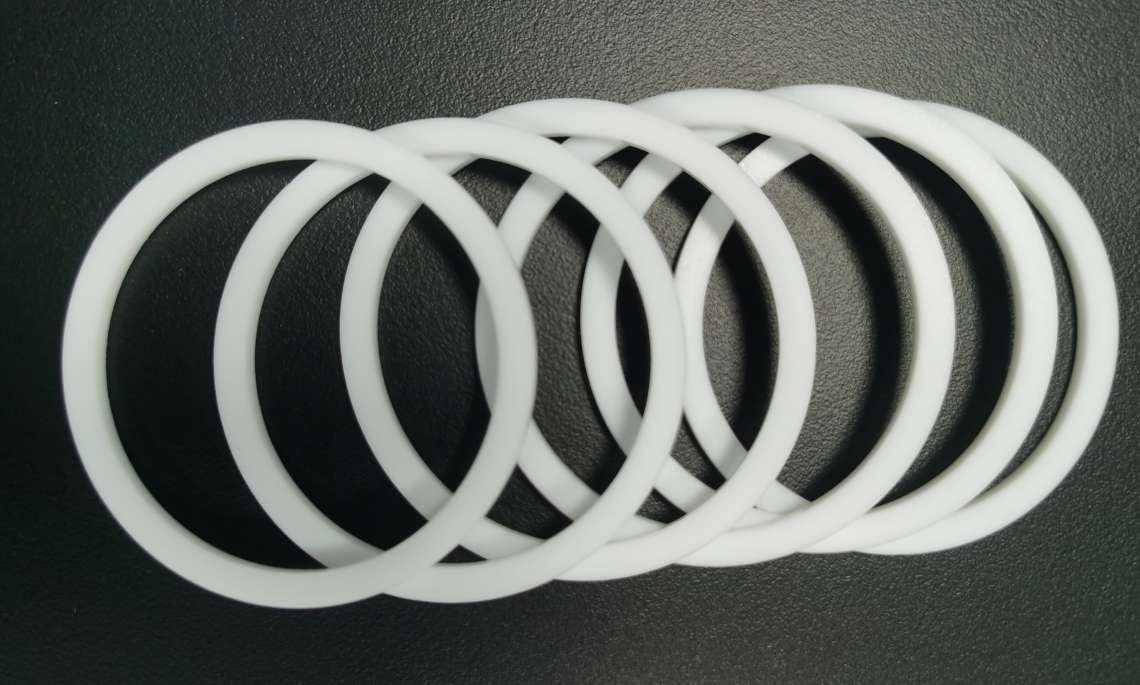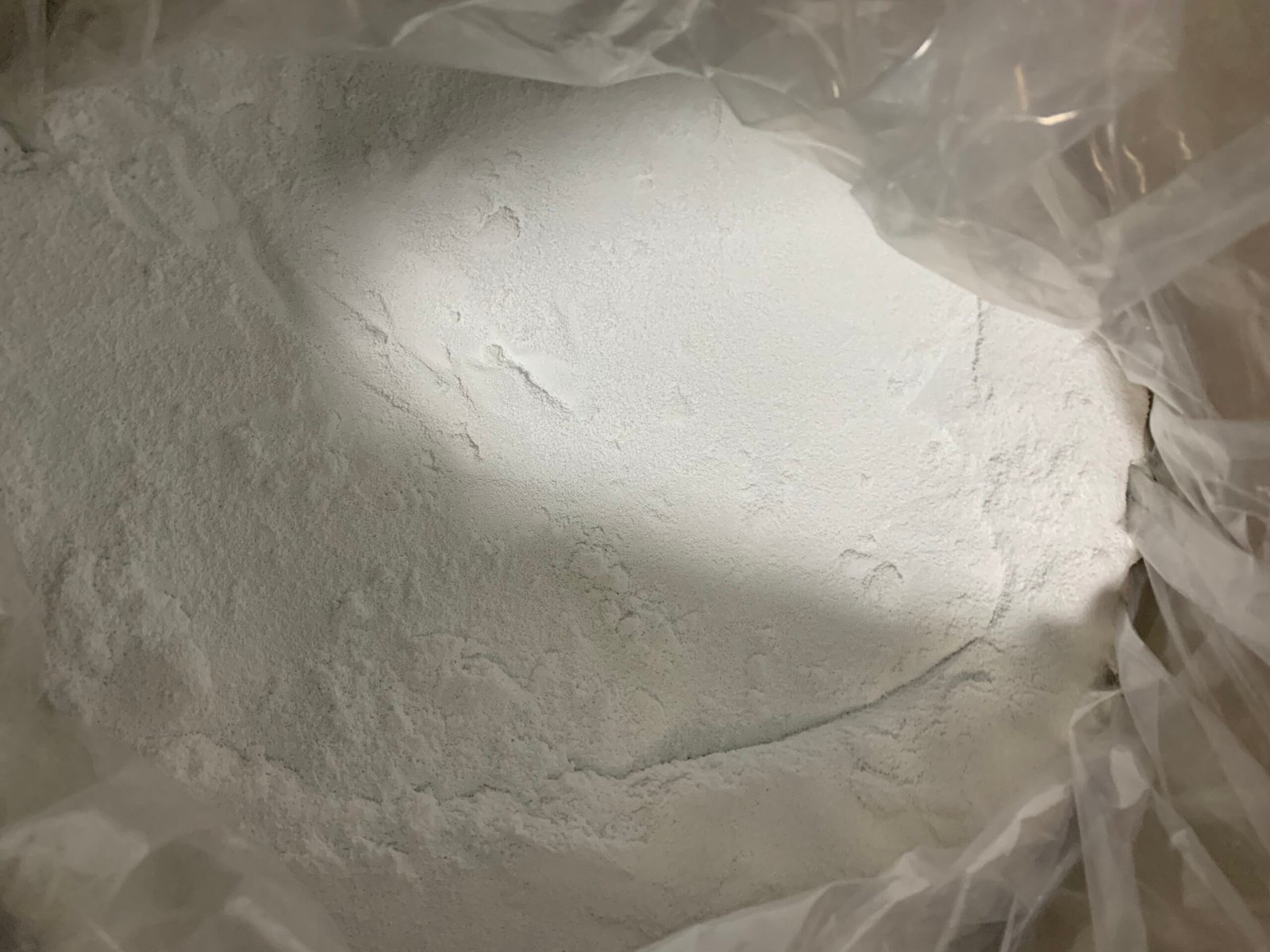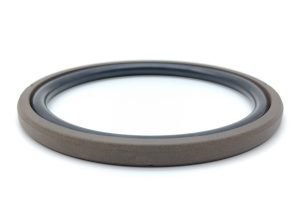A gasket is a common sealing element usually installed between two connecting parts. You often have to use it for daily necessities, at work, or in industrial equipment. This article takes you to a comprehensive understanding of the definition of gaskets, the role of gaskets, the types of gaskets made and their applications in the industry, materials used in making gaskets, and how to choose gaskets for specialized knowledge content.
What is a gasket?
Gaskets are usually made of sheet materials such as gasket paper, rubber, silicone rubber, metal, cork, felt, neoprene, nitrile rubber, fiberglass or plastic polymers (e.g., polytetrafluoroethylene), rubber sheets or copper sheets [gaskets for a particular application may contain asbestos (e.g., high-pressure steam systems). Asbestos is hazardous to health when in direct contact with asbestos and is generally not used as asbestos gaskets. Asbestos gaskets] are made of a sealing product or hydraulic system by the copper powder filled with PTFE hydraulic seals gasket ( also called hydraulic backup ring ), placed between the two planes to strengthen the sealing material. To prevent fluid leakage, it is installed between the static sealing surface of the sealing element, a mechanical seal between the two objects. It is usually used to prevent leakage between two objects caused by pressure, corrosion, and the pipeline’s natural thermal expansion and contraction.

The function of gasket
The primary function of gaskets as a sealing function is to prevent liquid or gas leakage. They are usually used at the connections of mechanical equipment to fill or adjust gaps in the equipment to avoid corrosion, vibration, wear, and loosening of fastening devices under temperature and pressure. It maintains seal and stability during changes.
- Help with sealing:
Gaskets are widely used in industrial production and other fields, and their primary function is sealing. In equipment or the connection between two planes, it is usually impossible to guarantee that they are entirely flat, or there may be unevenness. At this time, installing gaskets can fill the gaps between the connecting parts, increase the sealing area, and prevent leakage and impurity intrusion. - Eliminate vibration:
Gaskets can also reduce noise and friction by eliminating vibrations between connecting parts. Especially in high temperatures, high pressures, strong corrosion, and other environments, the role of gaskets is even more important. - Bear preload:
Some operations will produce additional pressure or tension, and gaskets are needed to withstand these preloads to reduce damage to the joint. - Adjust the bolt tightening force:
Washers can also adjust the tightening force of bolts to achieve a stable connection without being too tight or loose.
Types and applications of gaskets
The gaskets you often see are divided into different types according to materials and shapes. According to materials, they are divided into metal gaskets, non-metal gaskets, and metal-non-metal combination gaskets. Each type can be subdivided into other types. Classified by shape: flat gasket, annular flat gasket, flat ring gasket, tapered gasket, etc.
Table of Contents
ToggleNon-metallic gasket:
Rubber gasket
PTFE gasket
PTFE coated gasket
Asbestos-free fiber rubber gasket
Flexible graphite metal composite gasket
Other types of non-metallic material gaskets
Metal gasket:
Metal flat gasket
Metal corrugated gasket
Metal toothed gasket
Metal ring gasket
Metal lens spacer
Metal O-ring gasket
Metal-non-metal composite gasket:
Wave gasket
Metal spiral wound gasket
Metal tooth composite gasket
metal clad gasket
Metal corrugated composite gasket
Other types of metal composite gaskets
Flat gaskets are widely used for connection, anti-loosening, and shock absorption of mechanical structural components;
Taper gaskets are mainly used in applications such as adjusting axial clearance, balancing pressure, and alleviating impact forces;
Ring gaskets form a seal between the cylinder and flange and can withstand high pressures and heavy loads.
Examples of 2 types of non-metallic gaskets and their applications
Rubber gasket
Rubber gaskets are made of rubber material and have excellent oil resistance, acid and alkali resistance, heat resistance, wear resistance, and other properties. Rubber gaskets are mainly used to seal and isolate pipeline connections, valves, pumps, automobile engines, and other equipment.
PTFE gasket
PTFE gaskets (also called backup rings) are made of PTFE material and have excellent acid and alkali resistance, high-temperature resistance, corrosion resistance, and low friction coefficient. PTFE gaskets are mainly used in machinery and equipment, the chemical industry, pharmaceutical, food, and other industries. If you want to know more about PTFE gaskets, you can click here in blue to visit this website’s tys gasket( backup ring )product page.

Gasket material
Gasket materials are divided into metals and non-metals. The following describes several common non-metal materials and their characteristics.
- PTFE combines the advantages of most plastic gasket materials, including temperature resistance from -95°C to 232°C. In addition to free fluorine and alkali metals, it has excellent corrosion resistance to chemicals, solvents, hydroxides, and acids. PTFE material can be filled with glass, and its purpose is to reduce the cold flow and creep properties of PTFE.
- Natural rubber NR, NR has good corrosion resistance to weak acids and alkalis, salts, and chloride solutions but poor corrosion resistance to oil and solvents and is not recommended for use in ozone media. Recommended operating temperature -57℃~93℃.
- Neoprene CR, CR is a synthetic rubber suitable for corrosion resistance from moderately corrosive acid, alkali and salt solutions. Good corrosion resistance to commercial oils and fuels. However, its corrosion resistance is poor in strongly oxidizing acids, aromatic hydrocarbons, and chlorinated hydrocarbons. Recommended operating temperature -51℃~121℃.
- NBR is a synthetic rubber with good corrosion resistance to oils, solvents, aromatic hydrocarbons, alkaline hydrocarbons, oil, and natural gas over a wide temperature range. Good corrosion resistance to hydroxides, salts, and nearly neutral acids. However, its corrosion resistance is poor in strongly oxidizing media, chlorinated hydrocarbons, ketones, and lipids. The recommended operating temperature is 51℃~121℃.
- Fluorine rubber FKM, FKM rubber compound is compounded by mixing binary and ternary fluorine rubber with compounding and vulcanizing agents. In addition to excellent heat resistance, medium resistance, and good physical and mechanical properties, it has low compression permanent deformation, good elasticity, and ultra-long service life. Fluorine rubber has outstanding heat resistance (200~250℃) and oil resistance. It can be used to manufacture cylinder liner seals, rubber bowls, and rotating lip seals, which can significantly extend the service life. Recommended operating temperature -40℃~232℃.
6. Silicone rubber has outstanding high and low-temperature resistance. It can be used for a long time at 150°C without performance changes; it can be used continuously at 200°C for 10,000 hours and maintain its unique characteristics within the operating temperature range of -70 to 260°C. It has the advantages of elasticity, ozone resistance, and weather resistance. It is suitable for making sealing gaskets required in thermal mechanisms, such as sealing rings, valve gaskets, oil seals (suitable for water media), etc. Unique silicone rubber can be used to make oil seals.
7. Ethylene-propylene rubber has good corrosion resistance to strong acids, alkalis, salts, and chloride solutions. However, it is unsuitable for oils, solvents, and aromatic hydrocarbons. Recommended operating temperature -57℃~176℃.
Gasket selection principles
When selecting gaskets, comprehensive considerations need to be made based on the specific application scenario and the shape and size of the connector. At the same time, attention should also be paid to the material, hardness, corrosion resistance, and other indicators of the gasket to select the sealing gasket component with the best performance.
(1) It should be determined based on factors such as the sealing performance of the gasket, working pressure, working temperature, working medium characteristics, and sealing requirements.
(2) Gasket material performance requirements.
Gasket material properties should meet the following requirements:
① Has good physical and mechanical properties;
② Does not pollute the sealed medium, does not corrode the sealing surface, and is resistant to corrosion by the working medium;
③ Has good compression and resilience properties;
④ Has a small stress relaxation rate;
⑤ Low leakage rate.
[Conclusion]
As an important sealing element, gaskets are irreplaceable in industrial production, construction engineering, automobile manufacturing, and other fields. Choosing the right gasket material and model is of great help in ensuring the normal operation of connected parts, preventing leakage, and prolonging the service life of the equipment.







